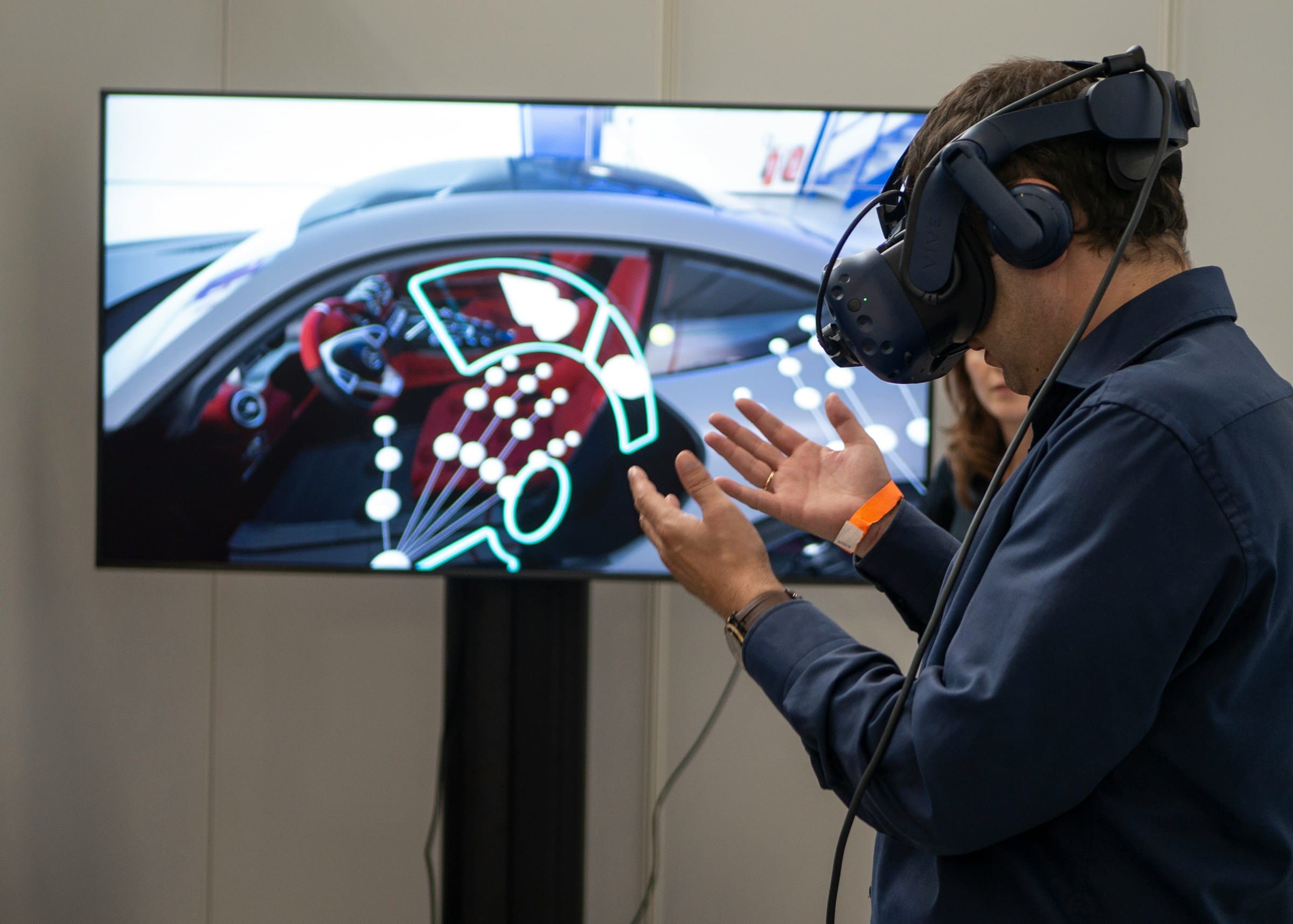
Virtual reality (VR) horror games offer an unparalleled immersive experience for players. The eerie atmospheres, sudden scares, and detailed environments can make users feel as if they are truly inside the game. One of the most exciting advancements in VR gaming is the incorporation of voice command features. This innovation adds a new dimension to the gaming experience by allowing players to interact with the game world using their voice. However, implementing voice commands in VR horror games requires careful planning and execution. In this article, we will explore the best practices for doing so, ensuring that you create a terrifying and engaging experience for your target audience.
Adaptive design is crucial for creating truly immersive VR experiences. By tailoring the experience to individual players, you can ensure that the game feels more personal and responsive. This is especially important in horror games, where the goal is to evoke fear and tension.
Also to discover : How can developers optimize network code to reduce latency in online multiplayer games?
Consider how voice commands can be seamlessly integrated into the game's narrative and mechanics. For example, players could use their voice to interact with in-game characters, solve puzzles, or issue commands during moments of high tension. By designing these interactions to be intuitive and natural, you can enhance the sense of immersion.
Moreover, it's important to account for varying user abilities and environments. Some players might be in noisy surroundings or have different accents and speech patterns. Implementing adaptive design features that can adjust to these variables will make the game more accessible and enjoyable for a broader audience.
This might interest you : What are the most effective ways to integrate blockchain technology for secure in-game transactions?
Tools like the Unreal Engine offer robust support for integrating voice recognition and adaptive design. Utilize these tools to create responsive and engaging interactions that keep players on the edge of their seats.
High-quality voice recognition is essential for ensuring that voice commands are accurately understood and responded to in the game. Poor recognition can lead to frustration and break the immersion, which is especially detrimental in a horror game where maintaining tension is key.
There are several best practices to follow to achieve high-quality voice recognition:
By following these best practices, you can ensure that your voice recognition system is reliable and enhances the overall user experience.
Motion sickness is a common challenge in VR gaming, and it can be exacerbated by voice commands if not handled properly. Players often move their head and body while speaking, which can lead to disorientation and discomfort.
To mitigate motion sickness, consider the following strategies:
By prioritizing player comfort and minimizing motion sickness, you can ensure that players remain engaged and immersed in the game.
Creating a VR horror game with voice command features requires a focus on accessibility and inclusive design. This ensures that your game is enjoyable for a diverse range of players, including those with disabilities.
Here are some best practices for inclusive and accessible game development:
By prioritizing inclusivity and accessibility, you can create a game that is welcoming and enjoyable for all players.
Utilizing the right tools and technologies is critical for implementing voice command features in VR horror games. Several tools stand out for their capabilities and ease of integration.
By choosing the right tools and technologies, you can streamline the development process and create a high-quality VR horror game with voice command features.
Incorporating voice command features in VR horror games can significantly enhance the immersive experience and create a more engaging and interactive environment for players. By following best practices such as enhancing immersion through adaptive design, ensuring high-quality voice recognition, mitigating motion sickness, focusing on inclusive and accessible game development, and utilizing the best tools and technologies, you can create a VR horror game that stands out in the market.
The key to success lies in thorough planning, extensive testing, and a commitment to delivering a high-quality and inclusive user experience. By doing so, you will not only captivate your target audience but also set a new standard for VR gaming.